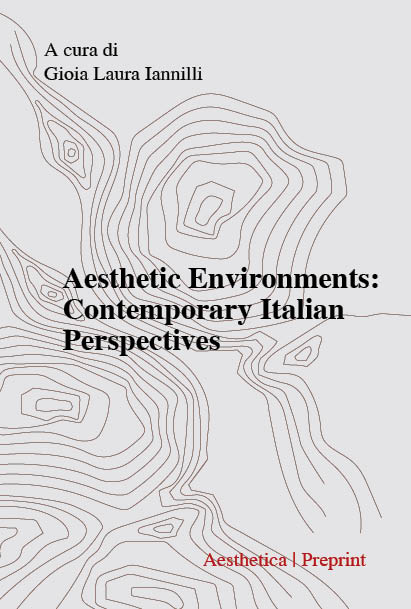Resumen
In the present contribution I start from some hints at recent contributions that have profitably intersected an inquiry into ‘the aesthetic’ with an investigation of the human nature, such as the books by Giovanni Matteucci and Alva Noë. In this context, I argue for the suitability of the notion of ‘second nature’ as a concept that is capable to grasp the inextricable intertwinement and complex interaction of biological and cultural aspects that are distinctive of the human being. Borrowing the notion of ‘second nature’ from John McDowell, I offer a brief reconstruction and interpretation of the history of this concept that makes reference to different philosophers (Adorno, Gadamer, Gehlen, Heidegger, Scheler) and that connects the concept of ‘second nature’ with the difference between animal ways of inhabiting an environment and human ways of shaping a world. On this basis, I suggest to broaden the framework of McDowell’s ‘naturalism of second nature’ (narrowly focused, in my view, only on rationality and language as constitutive elements of a properly human world) in the direction of a kind of ‘second-nature aesthetics’, especially focusing on the concept of mimesis and the significance of mimetic components in the process of our ‘becoming human’. Beside conceptualization capacities and language, that a vast majority of philosophers and scientists have exclusively focused their attention on, also aesthetic practices play indeed a decisive role in the unceasing process of ‘anthropogenesis’ or ‘hominization’. The aesthetic represents one of the fundamental components of the experience in the environment (or, more precisely, in the world) for the ‘second-nature animals’ that we are: from the point of view of a ‘second-nature aesthetics’ inspired by ‘naturalism of second nature’ there is no human environment but strictly speaking only human (and hence also aesthetic) worlds.

